Therise of connectivity in Africa is built on a foundation of strategic infrastructure, without which access to mobile and fixed Internet would not be widespread. Key components include 4G and 5G mobile networks, terrestrial fiber-optic networks, and submarine cables connecting the continent to the rest of the world. These elements are essential to ensuring quality, speed, and network coverage.
Mobile Networks: 4G as the Standard, 5G Emerging
4G is currently the main high-speed mobile network technology across the continent. According to the GSMA, 4G coverage reached 68% of Africa’s population in 2023, although adoption rates remain lower. Key barriers include the high cost of compatible smartphones, expensive mobile data, and limited rural access.
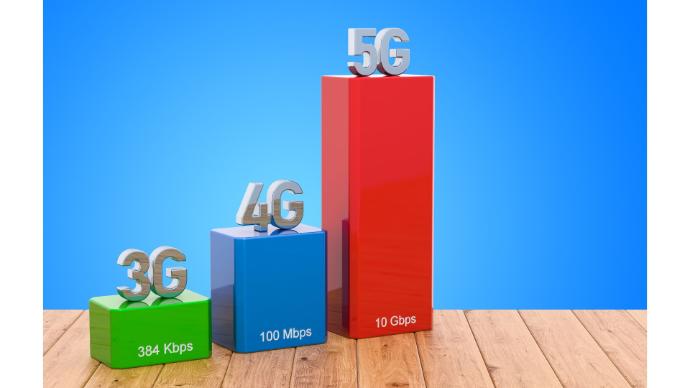
Countries such as South Africa, Morocco, the Seychelles, and Mauritius have the best coverage and usage rates.
5G is beginning to roll out in a few countries, notably:
- South Africa (MTN, Vodacom)
- Kenya (Safaricom launched its commercial 5G network in 2022)
- Nigeria (MTN also launched 5G in 2022)
- Egypt and Morocco, which are currently conducting trials
However, 5G remains marginal on the continent, accounting for less than 1% of mobile connections according to the GSMA. This is due to high infrastructure costs, limited availability of compatible devices, and a general focus on expanding 4G coverage in many regions.
Fiber Optic Networks: A Growing Terrestrial Backbone
errestrial fiber-optic networks serve as the backbone of the Internet in Africa. Several regional and national initiatives are underway to strengthen this infrastructure. Projects like the National Broadband Network in Côte d’Ivoire, or Konza Technopolis au Kenyaaim to increase fiber network density.
According to a report by AFR-IX Telecom, more than 1.2 million kilometers of fiber have been deployed across the continent. However, this infrastructure remains concentrated in urban areas, while rural regions continue to face limited access, affecting both coverage and speed of Internet services.
Submarine Cables: Enabling Global Connectivity
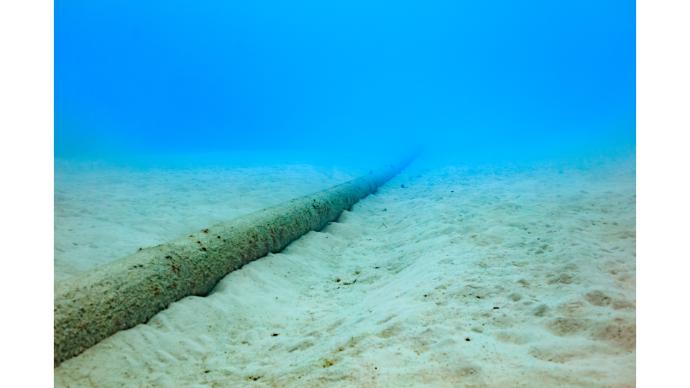
Submarine cables connect Africa to the global Internet. Over 77 câbles now link the continent, with several recent projects greatly enhancing capacity:
- 2Africathe largest submarine cable ever deployed around Africa (37,000 km), initiated by Meta, China Mobile, Vodafone, and others, is expected to be fully operational by late 2025, connecting 33 countries.
- Equianosupported by Google, links Portugal to Nigeria and South Africa, with branches to several West African countries.
- Medusa, led by AFR-IX Telecom, will stretch 8,700 km connecting 11 African and European countries, aiming to improve Mediterranean connectivity.
These submarine infrastructures help reduce latency, increase bandwidth capacity, and ultimately lower access costs for consumers.
Challenges and Future Outlook
Despite these advances, several challenges remain:
- High deployment costs persist across many regions.
- Submarine cable outages (e.g., the March 2024 outage in West Africa) expose the vulnerability of this infrastructure.
- Maintaining fiber networks in rural areas is difficult due to limited investment and technical skills.
The future lies in an integrated approach: combining fiber, 4G/5G, and satellite technologies to deliver broad, reliable, and affordable coverage. Sustained support from governments, development partners, and private sector companies is essential to extend infrastructure across the entire continent.
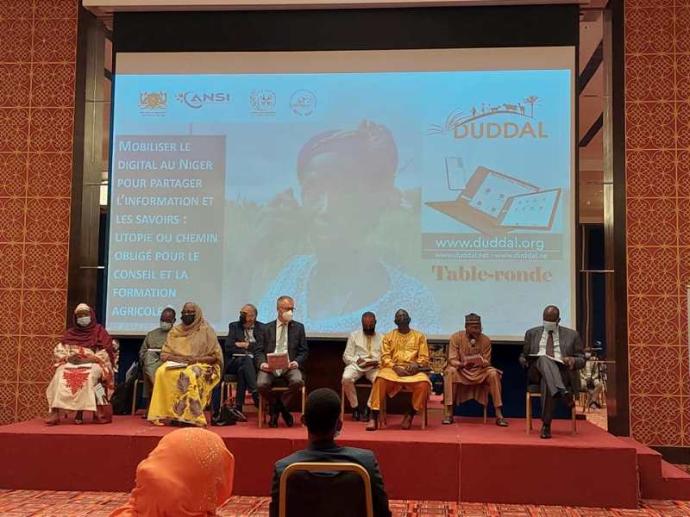 Duddal
Duddal SOS Village d'Enfants Niger
SOS Village d'Enfants Niger

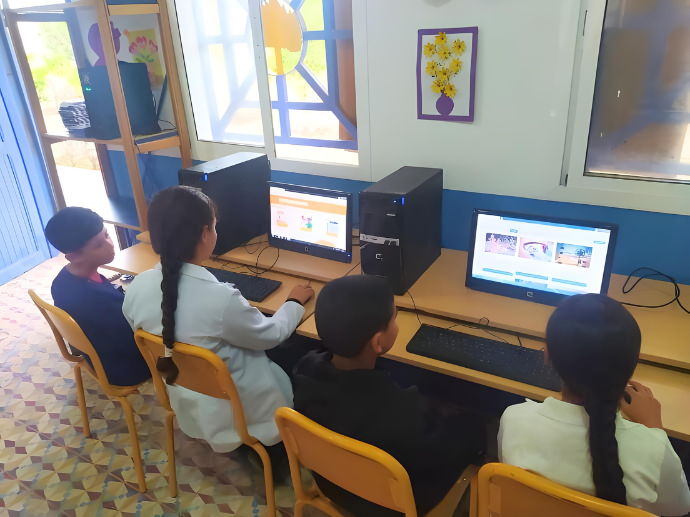
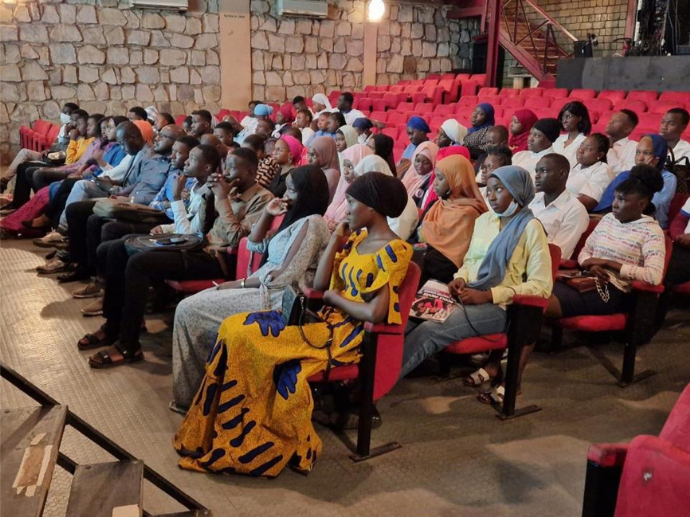
What Infrastructure Supports Connectivity in Africa?